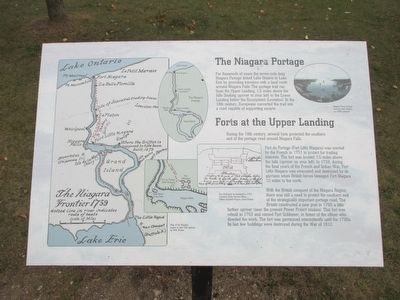Welcome to the Oil Capital Historic District in Tulsa, Oklahoma, a remarkable area that celebrates the city’s rich heritage as a powerhouse in the early 20th-century oil industry. Known as the ‘Oil Capital of the World,’ Tulsa played a pivotal role in the development of the American oil industry. The district, bounded by 3rd Street on the north and 7th Street on the south, Cincinnati Avenue on the east and Cheyenne Avenue on the west, is a testament to this golden era.
The origins of Tulsa’s prominence in the oil industry trace back to the early 1900s when oil strikes at Red Fork and Glenpool brought a surge of oilmen to the area. These were the days when the likes of William Skelly, Harry Ford Sinclair, and J. Paul Getty were at the forefront of this booming industry. Tulsa’s downtown quickly morphed into a bustling hub filled with architecturally significant buildings, including those designed in Art Deco and Beaux-Arts styles, reflecting the wealth and ambition of the era.
As you explore the district, imagine the grandeur of the International Petroleum Exposition, first organized in 1923 by Tulsa’s oilmen to solidify the city’s global status in the oil industry. The exposition reached its zenith in 1966, marked by the erection of the Golden Driller statue, a symbol of Tulsa’s oil legacy.
However, by the late 1960s and 1970s, the decline of domestic oil production and shifts towards offshore resources led many companies to consolidate in coastal cities. This resulted in a surplus of office buildings, some of which were repurposed, while others unfortunately were razed.
The district you see today is a product of preservation efforts by residents who recognized the cultural and historical value of these buildings. Many structures have been adapted for modern use while retaining their historical charm, ensuring that Tulsa’s oil legacy continues to be celebrated.
As you walk or drive through this historic district, picture the city during its oil boom, the streets bustling with financiers, engineers, and laborers—all contributing to Tulsa’s vital role in energy production and its lasting impact on the industry.



